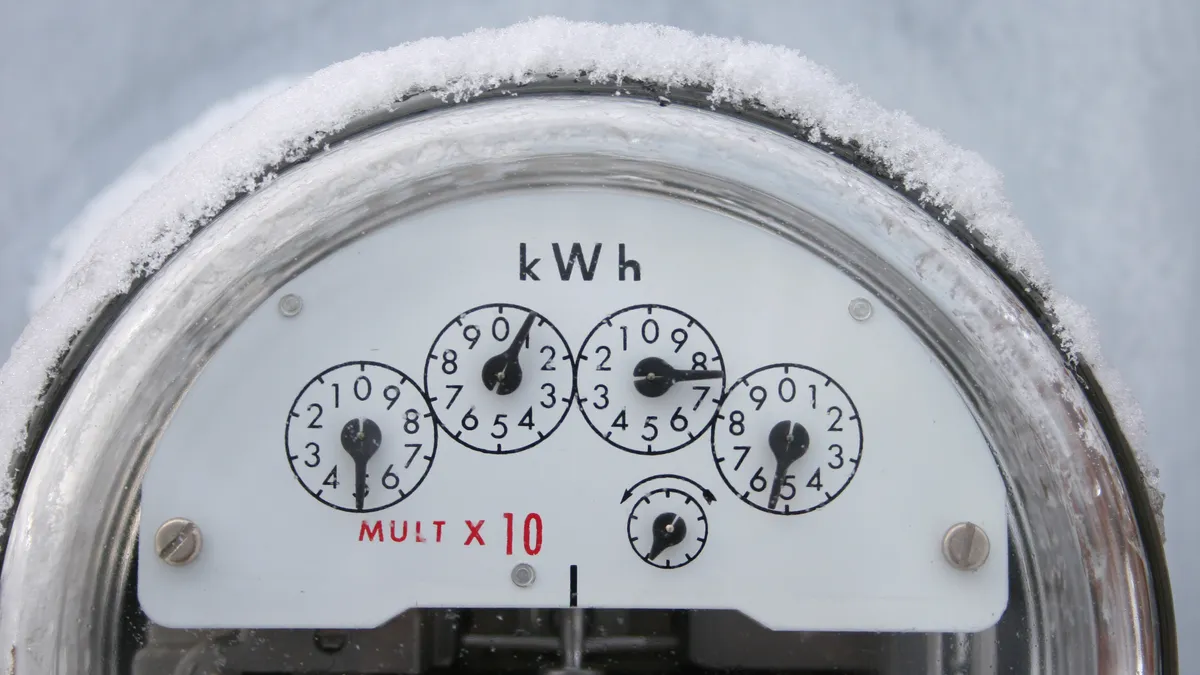Wholesale electricity prices are projected to decline across most of the United States this winter compared to last winter, according to the Federal Energy Regulatory Commission’s annual winter assessment released Thursday.
Prices in the Southeast, New York and PJM Interconnection are expected to fall by more than $5/MWh, FERC said, citing the Energy Information Administration. FERC expects the Southwest Power Pool will have the lowest average winter-time wholesale prices at $38.21/MWh among U.S. regions.
Heading into the winter, installed U.S. capacity increased by 35 GW from a year ago to 1,223 GW and battery storage is expected to surge to 10 GW from 4 GW in the same period, according to the winter assessment. All regions are expected to have more capacity this winter compared to last, except PJM and New England, FERC said.
About 49% of expected winter capacity additions come from solar, 19% from battery storage, 16% from natural gas and 14% from wind, FERC said. Coal-fired generation makes up 62% of the expected retirements and gas-fired capacity accounts for 32% of them, according to the report.
At the same time, electricity and natural gas demand may be lower in the upcoming winter compared to last winter due to forecasts for warmer than normal temperatures in the northern half of the United States, FERC said.
In addition, natural gas futures prices at most trading hubs for the upcoming winter months have been “significantly” below the final settled futures prices of the last two winters, FERC said. This winter’s Henry Hub futures price, the U.S. price benchmark for natural gas, was down 25% to an average of $3.64/million British thermal units from last winter’s settled price, as of Nov. 1, FERC said.
The Algonquin Citygates gas hub near Boston has the highest futures prices for this winter of any U.S. hub — averaging $11.71/MMBtu, down 40% from last winter’s average settled price, according to FERC.
Natural gas storage levels were 3.7% higher at the start of this year’s withdrawal season than last year, and 3.7% above the previous five-year average, according to the report.
Citing the EIA, FERC expects gas demand to increase 4% this year from a year ago to 122.4 billion cubic feet a day, driven by higher gas exports.
Natural gas- and coal-fired generation is expected to make up 55.4% of the U.S. power output this winter, down from a 56.6% share last winter, according to the report.
On the reliability front, planning reserve margins exceed targeted levels across the United States, but all regions could face energy shortfalls during widespread, extreme cold or other grid disturbances, according to the report.
“Prolonged wide-area cold snaps will be challenging,” Mark Lauby, senior vice president and chief engineer at the North American Electric Reliability Corp., told FERC during its monthly meeting Thursday.
ISO New England, the Electric Reliability Council of Texas, the Midcontinent Independent System Operator, PJM, SPP, and the Southeast Reliability Council subregions of SERC-Central and SERC-East face the highest risks in those conditions, FERC said, citing a recent NERC winter reliability report.
Utilities, power plant owners and grid operators have been taking steps to improve winter-time reliability, according to the report.
“These changes include installing or expanding situational awareness tools and performing site specific generator winter preparedness plans to improve system reliability and resilience; and reviewing fuel supply arrangements, communication protocols, generator winterization requirements, and planning guidance,” FERC said.














